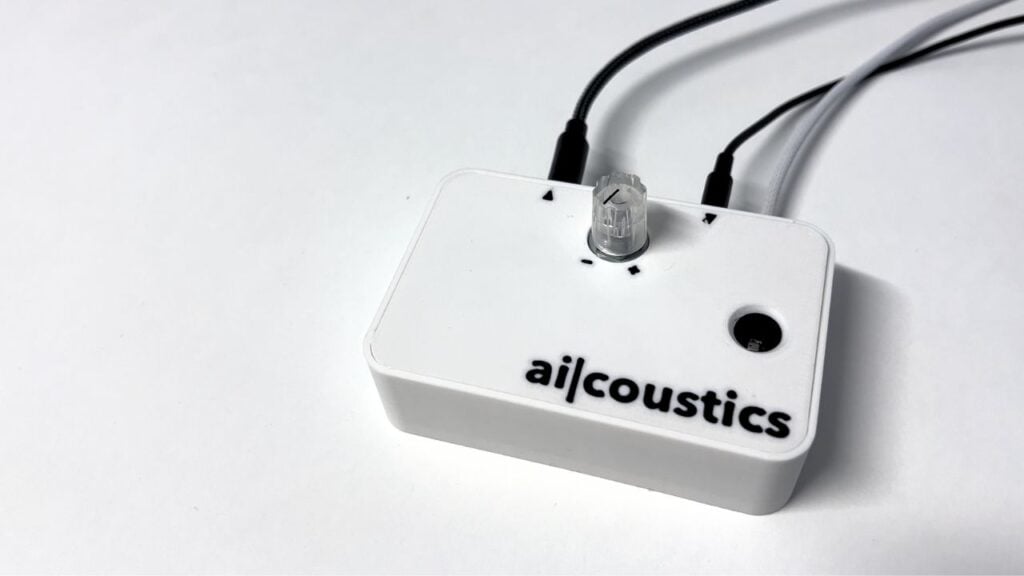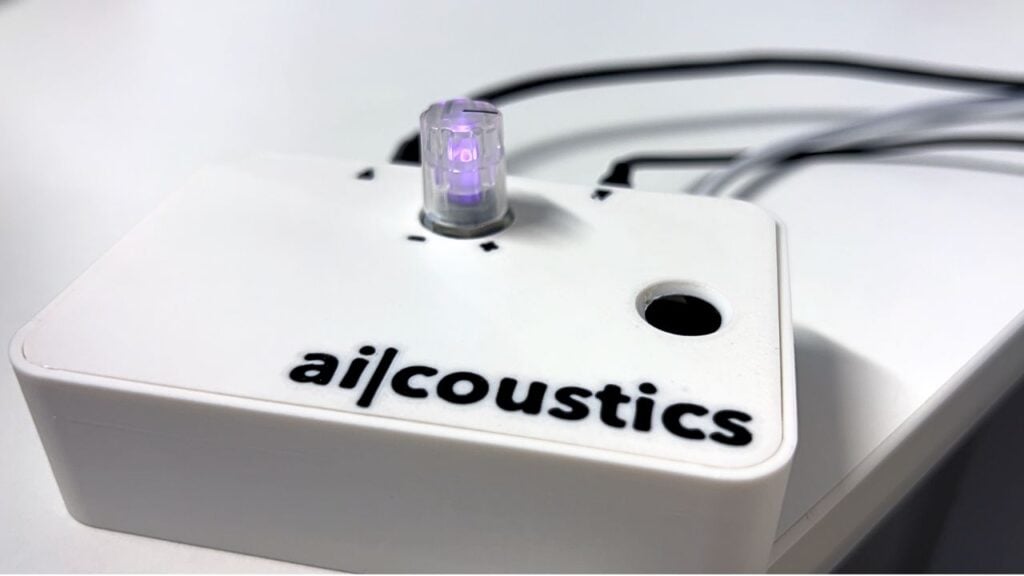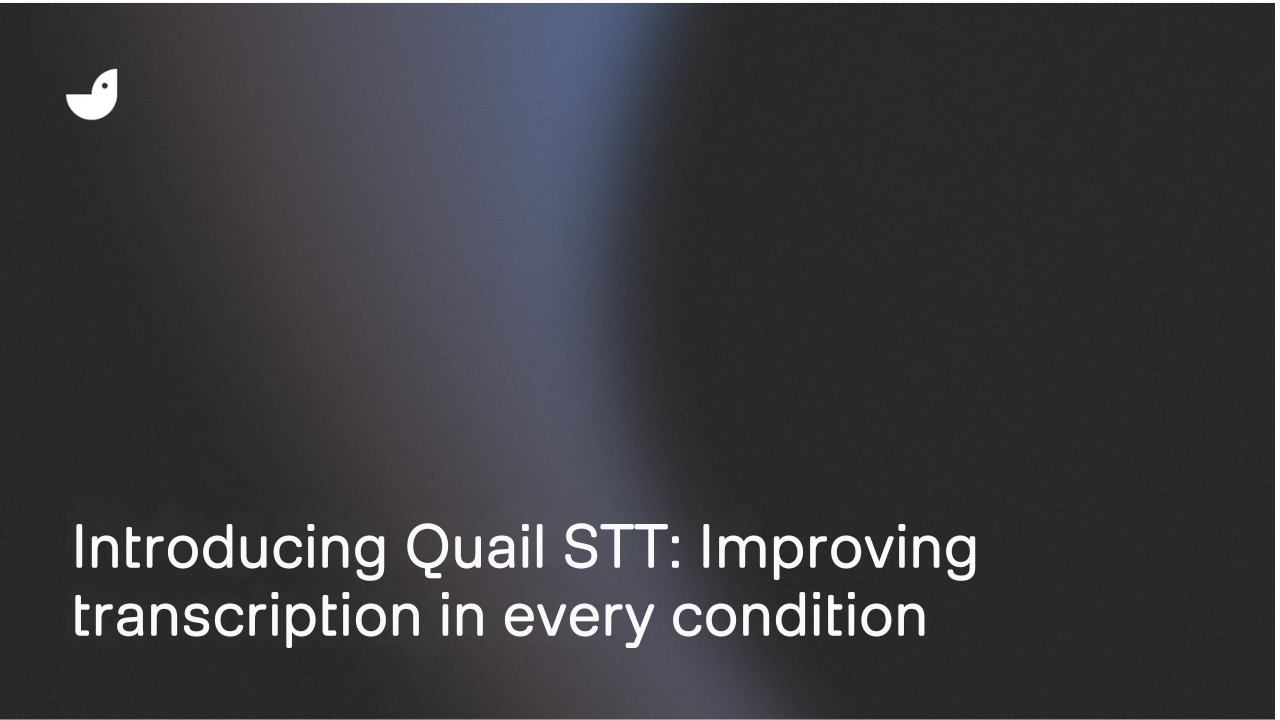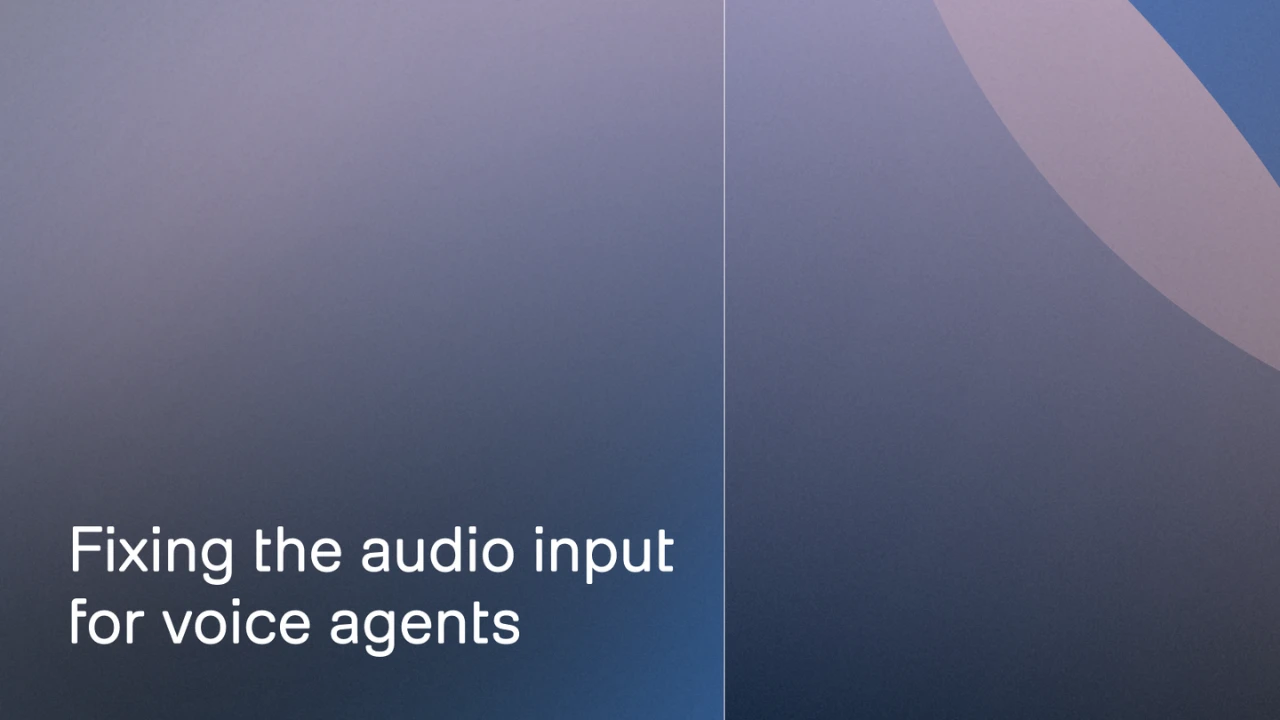From microphones to teleconferences, from code to streaming: we’re all looking for high quality sound. Customers’ demand for high quality sound is on the rise; a 2023 study found that 73% of listeners actively seek better sound quality with every device upgrade.
That makes it all the more important to provide studio-quality audio across every device, platform and software, to increase user retention and boost brand. But it also requires high-powered and robust technology that’s flexible enough to work across a huge range of devices, languages, and more.
Enter the ai-coustics SDK.
Key takeaways
- With user demand for top-tier audio soaring, delivering studio-quality sound is essential for user satisfaction and brand loyalty.
- The ai-coustics SDK makes AI-powered speech enhancement easily accessible across industries.
- The SDK’s low-latency, flexible integration supports real-time, offline audio solutions across every platform and device.
- By offering customizable models, the SDK ensures premium audio performance for both lightweight embedded devices and complex software systems.
What is the ai-coustics SDK?

SDK stands for software development kit. It’s essentially a portable version of our AI-powered speech enhancement technology, which allows you to integrate high quality audio enhancement and repair into your own products. These can range from software and development tools, audio devices, gaming and VR, video conferencing and much more.
The SDK offers a range of benefits and features, including:
- Adaptive AI models for voice enhancement, de-noising and echo cancellation
- Optimized for efficiency—low CPU, memory-friendly, and built for real-time applications
- Seamless SDK integration across DSPs, microcontrollers, edge devices and more
How do the different ai-coustics SDK models work?
Our API has a choice of different models which offer different forms of speech enhancement technology. In contrast, our SDK uses the same robust, successful speech enhancement technology, and the different models refer not to different techniques but to different sizes.
Learn more about the difference between our API and SDK here.
Depending upon how you wish to use the SDK, you’ll require a different size model. If you’re installing the SDK in a large software program, the large model might work well for you. If you need it to run in a small, embedded device, offline and without adding too much to your system, you’ll use the smaller model.
No matter the size of the model, you’ll enjoy high quality audio. But it’s worth considering which model will work best for you:
Model S
- Ultra low latency
- Reduces background noise and reverb
Model L
- Low latency
- Eliminates 100% of background noise
- Ideal for more complex scenarios including crowds and music
When would using the speech enhancement SDK benefit me?
Already, big brands are adopting real time audio enhancement to offer their customers the best. Apple, Microsoft Teams, Zoom, Discord and others are already working on voice isolation technology integrated into their products.
To ensure you stay competitive with big brands and give your audio devices and software the studio-quality sound they deserve, integrating the SDK is a cost-effective and robust solution to technology woes. Here are just a few scenarios where using our speech enhancement SDK could benefit you:
- You make consumer electronics and want to integrate AI-powered speech enhancement into headphones, smart TVs, soundbars and more
- You develop digital audio studio technology for professional applications and want to give your clients access to voice enhancement options
- You work in the field of critical communications and need reliable, high-quality audio in emergency services and military operations… including offline
- You want to increase customer retention and satisfaction by integrating high-quality audio across all your telecommunication software and hardware.

To suit all these different use cases, our SDK can be used in a wide variety of hardware systems, including:
- On devices: Integrate our SDK for crystal clear audio on laptops, smartwatches, streaming apps, audio workstations, and more. Companies like Elgato and DHD.audio have already integrated our technology into their devices.
- VST plugins: For audio or video editing in software like Audacity or Native Instruments, integrate our SDK to offer the best in real-time events and editing.
- Soundbars and smart speakers: Elevate your sound with the SDK, as clients like Optimic have already done.
- Microcontrollers: For XMOS and HIFI, arm cortox, headphones, earphones, doorbells, hearing aids and more, our SDK comes in micro-versions with low latency ideal for embedding even in the smallest devices.
Summary
In general, choose the SDK if you’re looking for:
- Real-time audio solutions for devices or applications
- Offline functionality
- Low-latency performance
- High flexibility across multiple programming languages and platforms
- Easy deployment, with a range of model options to suit your product
Want to know more about how the SDK can revolutionize your products?



